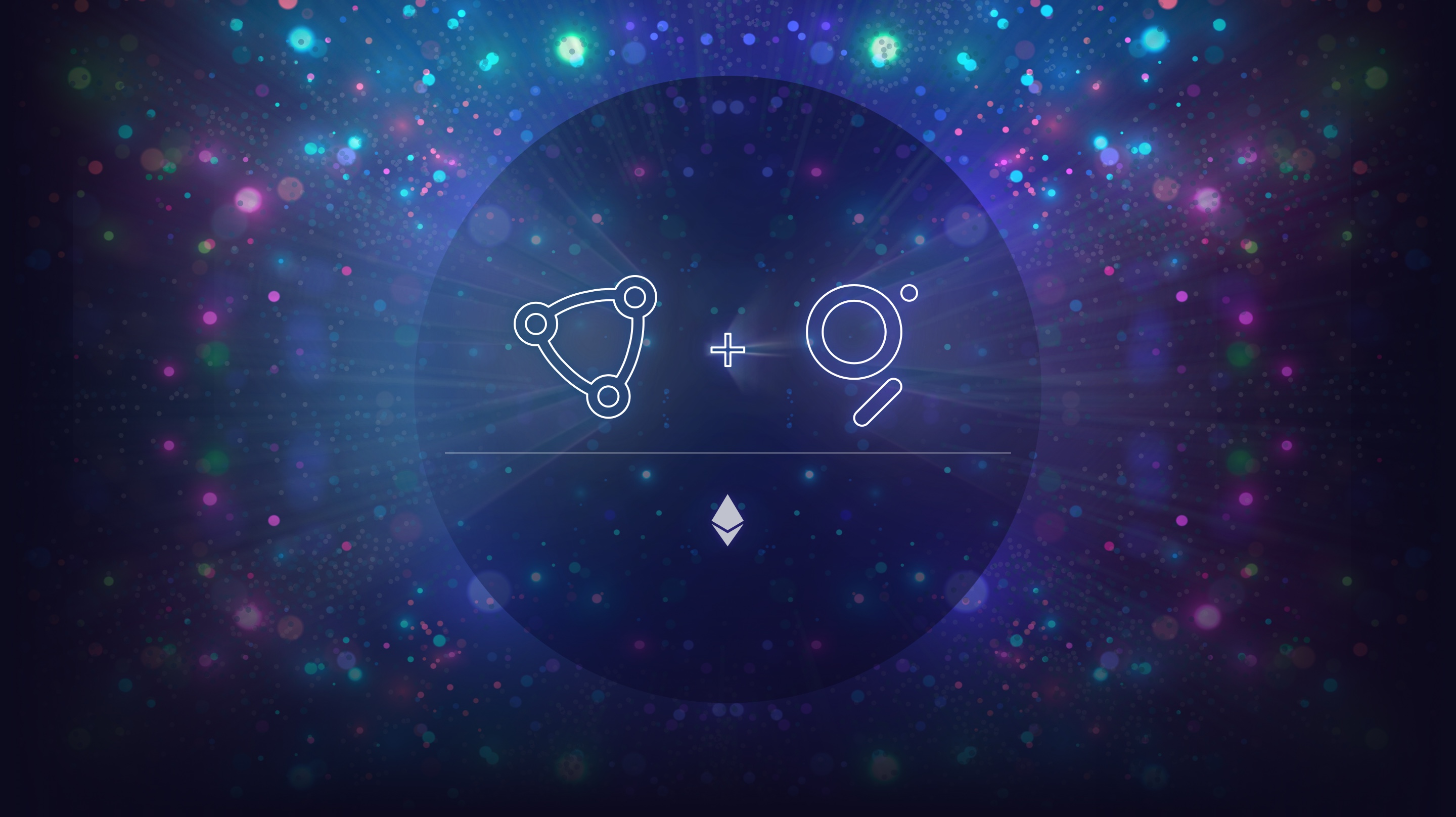

The Graph Brings Scalable State Channels to Ethereum in Partnership with State Channels & Connext
The Graph’s adoption of scaling technology will enable millions of users to interact with decentralized service providers for access to compute and connectivity.
SAN FRANCISCO, OCTOBER 9, 2020 — Today, announced that they are bringing generalized state channels to Ethereum mainnet, through a collaboration with in the R&D group and . In order to enable granular micropayments for metered usage of blockchain infrastructure, The Graph adopted State Channel’s and server wallet implementation.
State channels are a scaling technology solution that Ethereum developers have explored since the blockchain first launched in 2015. Many teams have previously tried to commercialize the technology but The Graph is the first project to deploy generalized state channels at scale. This is a major milestone for The Graph, state channels, and the Ethereum ecosystem at large.
The new state channels bolster Ethereum’s trust minimized payments to support thousands of transactions per second (TPS). An audit of the protocol implementation was supported by the (ESP) at the .
The Graph is committed to the continued development and prosperity of the Ethereum ecosystem. Founded nearly three years ago, The Graph organizes and helps make Ethereum blockchain data accessible to developers and their users everywhere. Today, over one million unique users are using The Graph’s APIs per week.
The optimized server wallet implementation will become open source and available to anyone else in the industry as soon as the audit, performed by , is complete. This milestone is an example of how foundation grants, open source software, and venture funded protocols can come together in a meaningful way to drive progress.
The Graph Network’s State Channels
State channels allow participants to coordinate off-chain with security enforced on-chain. They’re a cousin of the simpler in payment channel systems like Bitcoin’s and Ethereum’s . While payment channels only allow participants to send payments, generalized state channels are more powerful and allow arbitrary logic to be executed in the channels.
.png)
In The Graph Network, Indexers compete to provide the best indexing and query processing service at the lowest price. Indexers choose which subgraphs to index and can set prices granularly per query. The combination of query fees and indexer rewards through new token issuance creates incentives for node operators to run the software and optimize database access to ensure that applications have fast reliable access to organized blockchain data.


Convenient Access with Gateways
Gateways simplify connecting to the The Graph Network. The job of a gateway is to select Indexers as a function of price, performance, and security, and then setup and use state channels for query fees, verify attestations and submit disputes. In the early days of the network we expect that dApp developers will pay query fees on behalf of their users. This is because state channel wallet UX could still use improvement and it will take time to educate users on the benefits of Web3.
Over time The Graph invites the community to move to a model where gateways are superceded with standalone query engines that run on the end user’s device, giving the end user more power and control. This is at the core of what makes the Web3 platform. Full-stack decentralization will enable applications that are resistant to business failures and rent seeking and also facilitate an unprecedented level of interoperability. Users and developers will be able to know that software they invest time and money into can’t suddenly disappear.
To reach this vision, it’s critical that we shift from a paradigm of businesses paying for the ongoing storage, compute, and other services required to keep an application running, toward users directly paying networks of decentralized service providers for granular usage of the services they consume. Making it economically viable for users to pay for services as opposed to relying on intermediaries.
State channel wallets, state channel nodes, and The Graph’s decentralized network are key ingredients to make this vision real. Today’s announcement of The Graph heading to mainnet with the industry’s first at scale deployment of generalized state channels is a major milestone along that journey. We can’t wait to see what this breakthrough technology becomes at scale.
Be sure to catch the talk at ETH Online, today at 12pm PT to do a deep dive into the technical detail of how this is being achieved.
About The Graph
is the leading indexing and query protocol powering the decentralized internet. Since launching in 2018, it has empowered tens of thousands of developers to effortlessly build and leverage across countless blockchains, including Ethereum, Solana, Arbitrum, Optimism, Base, Polygon, Celo, Soneium, and Avalanche. With powerful tools like Substreams and Token API, The Graph delivers high-performance, real-time access to onchain data. From low-latency indexing to rapid token data, it serves as the premier solution for building composable, data drive dapps.
Discover more about how The Graph is shaping the future of decentralized physical infrastructure networks (DePIN) and stay connected with the community. Follow The Graph on , , , , , and . Join the community on The Graph’s , join technical discussions on The Graph’s .
oversees The Graph Network. , , , and are five of the many organizations within The Graph ecosystem.
